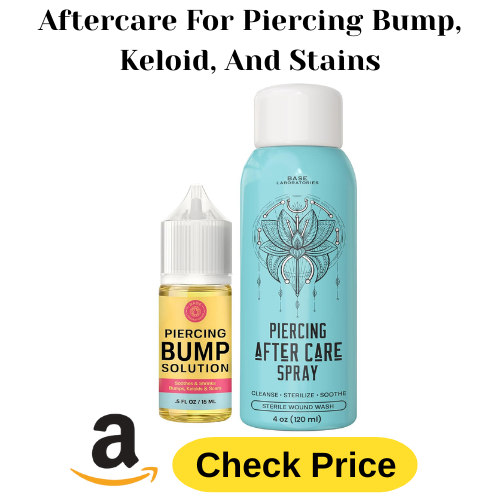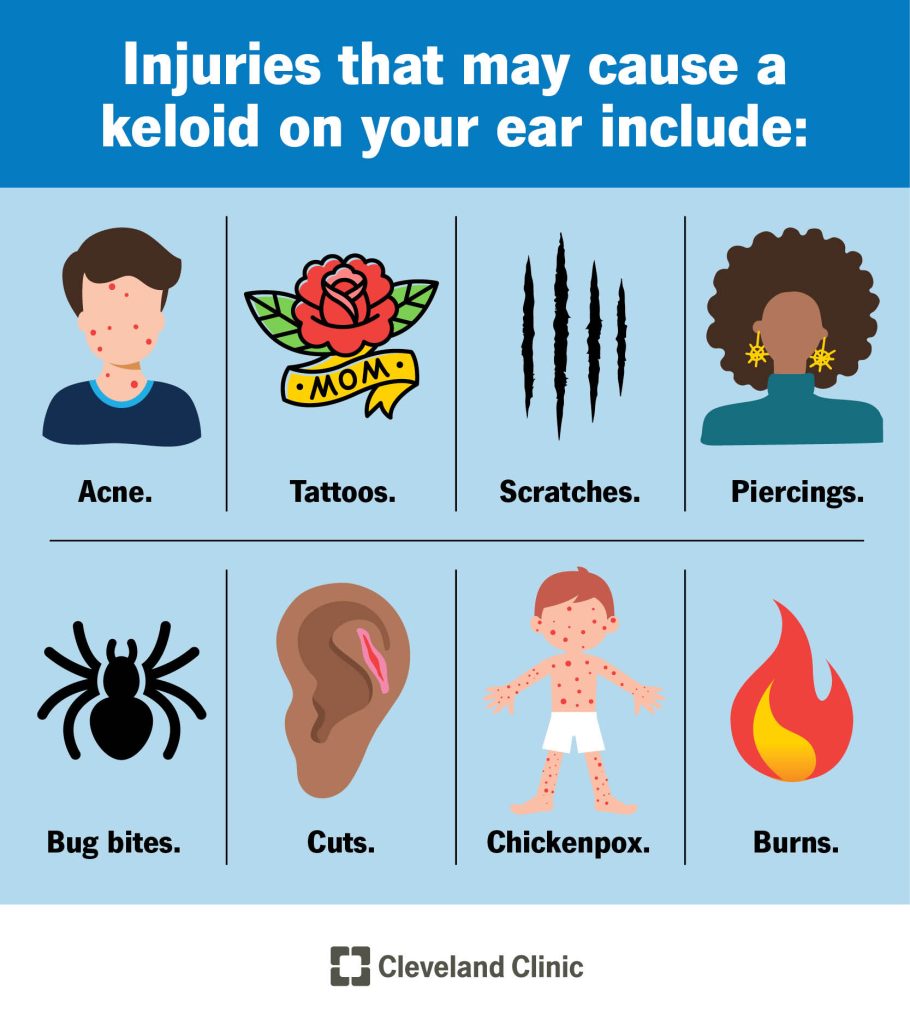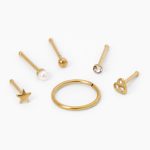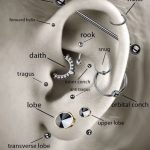Many people love piercings. They are a way to express style and personality. But sometimes, piercings can lead to keloids. Keloids are raised scars. They form when the skin heals after an injury. This can happen after getting a piercing. Keloids can be bothersome and may hurt. In this article, we will discuss how to get rid of keloids on piercings.
Piercing Aftercares For Avoiding Piercing Bumps And Keloids
What Are Keloids?
Keloids are thick, raised scars that can grow larger than the original injury. They can appear on any part of the body, but they often form on the ears, chest, and shoulders. They may start as small bumps. Over time, they can grow bigger. However, after nose piercing, keloids are commonly seen in the nose piercing area. But how to get rid of keloids on nose piercing? Well, the same way that we gonna mention here, just read the full article.
Not everyone gets keloids. Some people are more prone to them. If you have a family history of keloids, you may be at risk. Keloids can be itchy or painful. They may also look different from the surrounding skin.

Credit: topplasticsurgery.org
Why Do Keloids Form?
Keloids form due to extra collagen. Collagen is a protein that helps heal wounds. When you get a piercing, your body tries to heal the skin. Sometimes, it makes too much collagen. This extra collagen builds up and creates a keloid.
Factors that can cause keloids include:
- Genetics: Family history plays a big role.
- Skin type: Darker skin types are more prone to keloids.
- Injury: Any injury can lead to keloid formation.
- Body location: Some areas are more likely to develop keloids.
You Can Use This Piercing Aftercare For Avoiding Keloids And Infection
How to Identify Keloids
Identifying keloids is simple. Here are the signs:
- Raised area on the skin.
- Color that is darker than your natural skin.
- Itching or pain in the area.
- Growth over time.
If you notice these signs, you may have a keloid. It is best to seek advice from a doctor.

Credit: www.reddit.com
Home Remedies for Keloids
Before visiting a doctor, you may try some home remedies. These may help reduce the size of keloids:
1. Silicone Sheets
Silicone sheets can help flatten keloids. They create a barrier over the skin. This keeps the area moist. Use them for several hours each day. Over time, they can help reduce the size.
2. Aloe Vera
Aloe vera is a natural remedy. It has healing properties. Apply aloe vera gel to the keloid. Leave it on for about 30 minutes. Rinse it off with water. Do this daily for the best results.
3. Apple Cider Vinegar
Apple cider vinegar can help with keloids. It has acids that may break down scar tissue. Dilute the vinegar with water. Apply it to the keloid using a cotton ball. Rinse it off after 30 minutes. Repeat daily.
4. Honey
Honey is another natural remedy. It is a great moisturizer. Apply honey to the keloid. Leave it on for about 30 minutes. Rinse it off afterward. Do this daily to see effects.
5. Garlic
Garlic has anti-inflammatory properties. Crush a few garlic cloves. Apply the paste to the keloid. Leave it on for 30 minutes. Rinse it off afterward. Do this daily to help reduce size.
Medical Treatments for Keloids
If home remedies do not work, consult a doctor. They may suggest medical treatments:
1. Corticosteroid Injections
Corticosteroid injections can help shrink keloids. The doctor injects the steroid into the keloid. This helps reduce inflammation and size. You may need several treatments.
2. Cryotherapy
Cryotherapy uses cold to treat keloids. The doctor freezes the keloid with liquid nitrogen. This can help flatten the scar. You may need more than one session.
3. Surgery
In some cases, surgery may be an option. The doctor removes the keloid. However, keloids can come back after surgery. This is something to discuss with your doctor.
4. Laser Therapy
Laser therapy can also treat keloids. The laser helps reduce redness and size. You may need several sessions for the best results.
5. Radiation Therapy
Radiation therapy may be used after surgery. It helps prevent keloids from coming back. This treatment is less common but can be effective.
Preventing Keloids
Prevention is always better than treatment. Here are some tips to help prevent keloids:
- Choose a professional piercer.
- Follow aftercare instructions carefully.
- Avoid touching or playing with the piercing.
- Keep the area clean and dry.
- Do not remove jewelry too early.
When to See a Doctor
It is essential to see a doctor if:
- The keloid is painful or itchy.
- The keloid is growing rapidly.
- You have concerns about the appearance.
A doctor can provide the right treatment options. They can also help you understand your risks.
Frequently Asked Questions
How Do Keloids Form On Piercings?
Keloids form when the skin heals too much after an injury. This leads to extra scar tissue.
Can Keloids Be Removed Completely?
Keloids can be removed, but they may return. Treatment helps reduce their size and appearance.
What Are The Best Treatments For Keloids?
Common treatments include corticosteroid injections, silicone sheets, and laser therapy. Consult a doctor for the best option.
Are Keloids Painful Or Itchy?
Keloids can be itchy or uncomfortable. Some may feel pain, especially if irritated.
Conclusion
Keloids can be a common issue after getting piercings. They can be bothersome and sometimes painful. However, there are ways to reduce and treat keloids. Home remedies like silicone sheets, aloe vera, and apple cider vinegar can help. For persistent keloids, medical treatments such as corticosteroid injections or surgery may be needed.
Always consult a doctor if you have concerns. They can provide the best advice for your situation. Remember to take care of your piercings. This can help prevent keloids from forming. With the right care, you can enjoy your piercings without worry.





